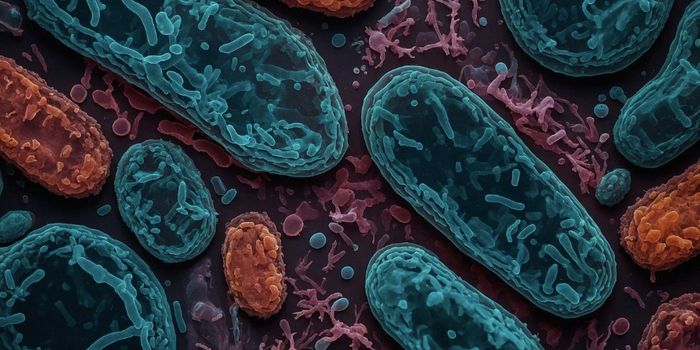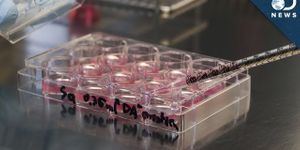
Study findings published in The Lancet
The year winds to an end with a couple of polar-opposite Ebola news items, one involving human error, the other, human ingenuity.
In the first instance, the Centers for Disease Control and Prevention (CDC) reports that CDC researchers investigating the virus in a secure laboratory erroneously permitted potentially lethal Ebola samples to be handled in a much less secure lab at the CDC, Atlanta. One technician in the less-secure lab who might have been exposed to the virus shows no symptoms and is being monitored for 21 days. (Read the blow-by-blow from The Washington Post, at wapo.st/1tisYgw)
The researchers were aiming to determine if strain of the virus that has rampaged through West Africa this year is more fatal than earlier strains. Some 7,573 people in Guinea, Liberia, and Sierra Leone, have died in the current outbreak, which as of December 24 accounted for nearly 20,000 cases.
The second story, from The Lancet, reveals that two experimental DNA vaccines to protect against Ebola virus (and the related Marburg virus) are safe and produce a comparable immune response in healthy Ugandan adults and those found in healthy US adults earlier in 2014. Outbreaks of these two viral infections have occurred intermittently since they were first detected in 1976 (Ebola) and 1967 (Marburg). Ebola has a case fatality rate as high as 90%, Marburg, 80%. Similar to the Ebola virus, Marburg is a filovirus, which spurs internal bleeding at several sites. People frequently die as a consequence of multiple organ failure. (There are no effective vaccines against either virus.)
"This is the first study to show comparable safety and immune response of an experimental Ebola vaccine in an African population", says lead author Julie Ledgerwood, DO, National Institutes of Allergy and Infectious Diseases (NIAID) National Institutes of Health, Bethesda, Md. "This is particularly encouraging because those at greatest risk of Ebola live primarily in Africa, and diminished vaccine protection in African populations has been seen for other diseases."
Scientists from the agency devised the DNA vaccines that code for Ebola virus proteins from the Zaire and Sudan strains and the Marburg virus protein. The 2014 Ebola epidemic in West Africa involves the Zaire strain. The vaccines harbor the blueprints for the proteins on the outer surface of the virus.
"These findings have already formed the basis of a more potent vaccine, delivered using a harmless chimpanzee cold virus, which is undergoing trials in the USA, UK, Mali, and Uganda in response to the ongoing Ebola virus outbreak," Ledgerwood says.
The Lancet article, titled "Safety and immunogenicity of Ebola virus and Marburg virus glycoprotein DNA vaccines assessed separately and concomitantly in healthy Ugandan adults: a phase 1b, randomised, double-blind, placebo-controlled clinical trial," is found here: http://bit.ly/1JSCqMx
Image: Created by CDC microbiologist Cynthia Goldsmith, this colorized transmission electron micrograph (TEM) revealed some of the ultrastructural morphology displayed by an Ebola virus virion. [Photo credit: Cynthia Goldsmith]
 Study findings published in The Lancet
Study findings published in The Lancet







